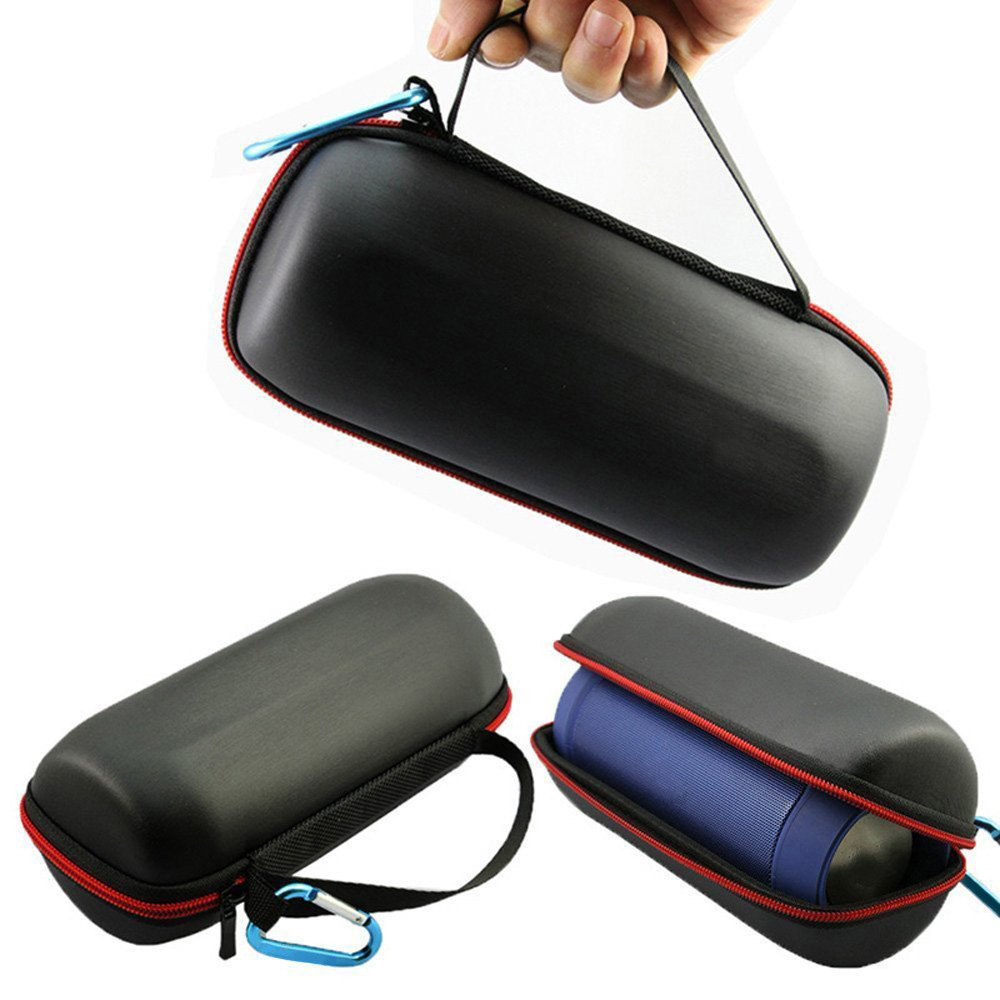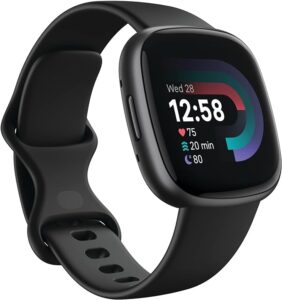Revolutionizing the Way We Shop

Mobile commerce, often abbreviated as m-commerce, refers to the buying and selling of goods and services through wireless handheld devices such as smartphones and tablets. It enables consumers to make transactions from anywhere at any time, as long as they have an internet connection on their mobile device.
Mobile commerce has become increasingly prevalent with the widespread adoption of smartphones and tablets, as well as the development of mobile-friendly websites and apps by businesses. Some common examples of mobile commerce include:
- Mobile Shopping Apps: Many retailers and e-commerce platforms offer dedicated mobile apps that allow users to browse products, make purchases, and track orders directly from their smartphones or tablets.
- Mobile Optimized Websites: Businesses optimize their websites for mobile devices to provide a seamless shopping experience for users accessing their site from smartphones or tablets. This includes responsive design, easy navigation, and streamlined checkout processes.
- Mobile Wallets and Payment Apps: Mobile payment solutions such as Apple Pay, Google Pay, and Samsung Pay allow users to make secure payments using their mobile devices, often by scanning a QR code or using near-field communication (NFC) technology.
- Mobile Ticketing and Booking: Services like ticket booking for events, flights, hotels, and public transportation can be accessed and purchased through mobile apps, eliminating the need for physical tickets or printed confirmation.
Mobile commerce offers several advantages for both businesses and consumers, including convenience, accessibility, and the ability to target users with personalized offers and recommendations based on their mobile usage patterns and preferences. As mobile devices continue to play an increasingly integral role in people’s lives, the importance of mobile commerce is expected to grow further in the future.
The Rise of Mobile Commerce:
The inception of mobile commerce can be traced back to the early 2000s when the first mobile phones with internet capabilities hit the market. Initially, mobile commerce was limited to basic transactions like ringtone downloads and mobile games. However, with advancements in technology and the proliferation of smartphones, m-commerce experienced exponential growth.
One of the key drivers of mobile commerce’s ascent was the introduction of mobile apps and optimized websites that provided seamless shopping experiences on smartphones and tablets. Retail giants like Amazon and eBay were quick to recognize the potential of m-commerce and invested heavily in mobile platforms, setting the stage for widespread adoption.
The Impact on Consumer Behavior:
The convenience and accessibility offered by mobile commerce have revolutionized consumer behavior in profound ways. Today, consumers can browse, compare prices, read reviews, and make purchases anytime, anywhere, with just a few taps on their smartphones. This 24/7 accessibility has blurred the lines between online and offline shopping, empowering consumers with unprecedented freedom and flexibility.
Moreover, the personalized nature of mobile commerce, driven by data analytics and AI algorithms, has enhanced the shopping experience by tailoring recommendations and offers to individual preferences. This level of customization not only increases customer satisfaction but also drives engagement and loyalty.
The Retail Landscape Transformed:
Mobile commerce has not only impacted consumer behavior but has also reshaped the retail landscape, prompting traditional brick-and-mortar stores to adapt or face obsolescence. The rise of mobile shopping has led to the emergence of new business models, such as online marketplaces and direct-to-consumer brands, which leverage the power of mobile technology to reach and engage with customers.
Furthermore, mobile commerce has democratized entrepreneurship, enabling small businesses and independent sellers to compete on a global scale without the need for a physical storefront. Platforms like Shopify and Etsy have empowered entrepreneurs to establish online stores and connect with customers worldwide, driving innovation and diversity in the retail ecosystem.
Challenges and Opportunities
While mobile commerce presents numerous opportunities for businesses and consumers alike, it also poses challenges that must be addressed to realize its full potential. One such challenge is ensuring the security of mobile transactions and protecting sensitive customer data from cyber threats and data breaches. With the increasing prevalence of mobile payment methods like mobile wallets and contactless payments, safeguarding user information has become paramount.
Another challenge is optimizing the mobile shopping experience across devices and screen sizes to accommodate the diverse preferences and behaviors of mobile users. This requires continuous investment in mobile-friendly design, responsive layouts, and intuitive navigation to minimize friction and maximize conversions.
Looking Ahead:
As we look to the future, the trajectory of mobile commerce is poised for continued growth and innovation. With advancements in technologies like augmented reality (AR) and virtual reality (VR), the boundaries between digital and physical shopping experiences will continue to blur, offering immersive and interactive shopping experiences on mobile devices.
Moreover, the integration of mobile commerce with other emerging technologies such as artificial intelligence (AI) and Internet of Things (IoT) will further personalize the shopping journey and drive greater convenience and efficiency.
In conclusion, the impact of mobile commerce on the retail industry and consumer behavior cannot be overstated. From its humble beginnings in the early 2000s to its current ubiquity, m-commerce has transformed the way we shop, connect, and transact in the digital age. As technology continues to evolve, mobile commerce will undoubtedly remain at the forefront of innovation, shaping the future of retail for years to come.









Leave a Reply
You must be logged in to post a comment.